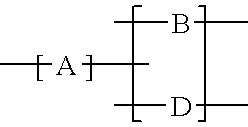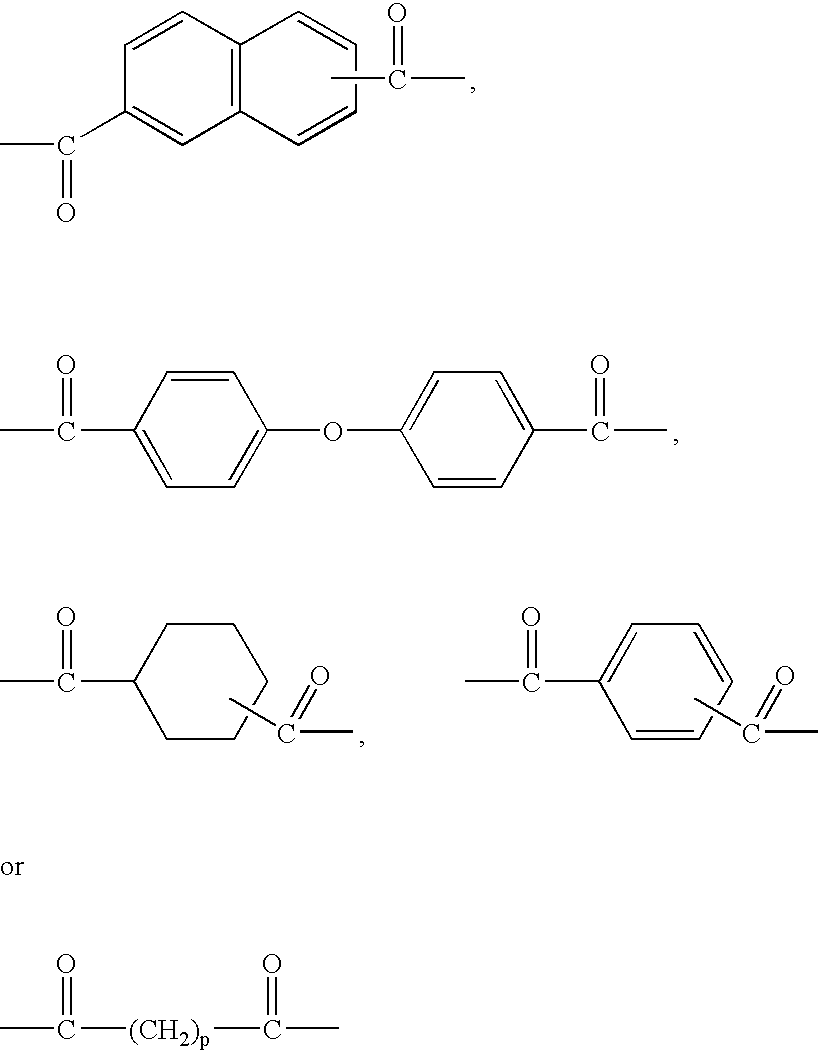Pigmented inks formed using microfiltration
a pigment-based ink and microfiltration technology, applied in the field of pigment-based ink composition, can solve the problems of difficult to obtain stable and/or reliable jettability with pigment-based inks, adverse effects of stable and/or reliable jettability, and inability to achieve stable and/or reliable jettability, and achieve enhanced optical density and differential gloss. , the effect of stable and reliable jettability
- Summary
- Abstract
- Description
- Claims
- Application Information
AI Technical Summary
Benefits of technology
Problems solved by technology
Method used
Image
Examples
example
Preparation of Pigment Dispersions
[0060] Cyan Pigment Dispersion
[0061] A mixture of 325 g of polymeric beads having mean diameter of 50 μm, 50.0 g of Pigment Blue 15:3 (Sun Chemical Corp.); 12.5 g of potassium oleoyl methyl taurate (KOMT); and 187.5 g of deionized water was prepared. These components were milled for 8 hours in a double-walled vessel at room temperature using a high-energy media mill manufactured by Morehouse-Cowles Hochmeyer.
[0062] The mixture was filtered through a 4-8 μm Buchner funnel to remove the polymeric beads, and the resulting filtrate diluted to give a Cyan Pigment Dispersion having a 10.0 wt % final concentration of pigment. Kordek 50 C biocide (Rohm and Haas) was added to the dispersion at an amount necessary to give a final concentration of 500 ppm. The median particle size of the pigment dispersion was 40 nm, as determined using a MICROTRAC II Ultrafine particle analyzer (UPA) manufactured by Leeds & Northrup.
[0063] Magenta Pigment Dispersion
[0064...
PUM
| Property | Measurement | Unit |
|---|---|---|
| diameter | aaaaa | aaaaa |
| diameter | aaaaa | aaaaa |
| diameter | aaaaa | aaaaa |
Abstract
Description
Claims
Application Information
 Login to View More
Login to View More - R&D
- Intellectual Property
- Life Sciences
- Materials
- Tech Scout
- Unparalleled Data Quality
- Higher Quality Content
- 60% Fewer Hallucinations
Browse by: Latest US Patents, China's latest patents, Technical Efficacy Thesaurus, Application Domain, Technology Topic, Popular Technical Reports.
© 2025 PatSnap. All rights reserved.Legal|Privacy policy|Modern Slavery Act Transparency Statement|Sitemap|About US| Contact US: help@patsnap.com



